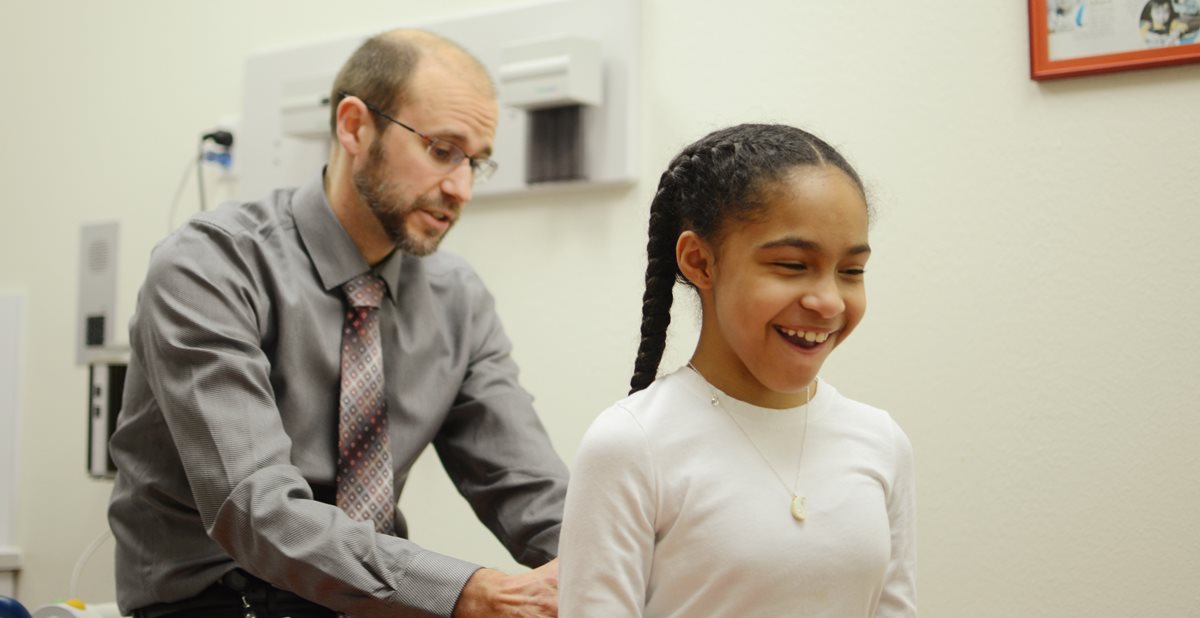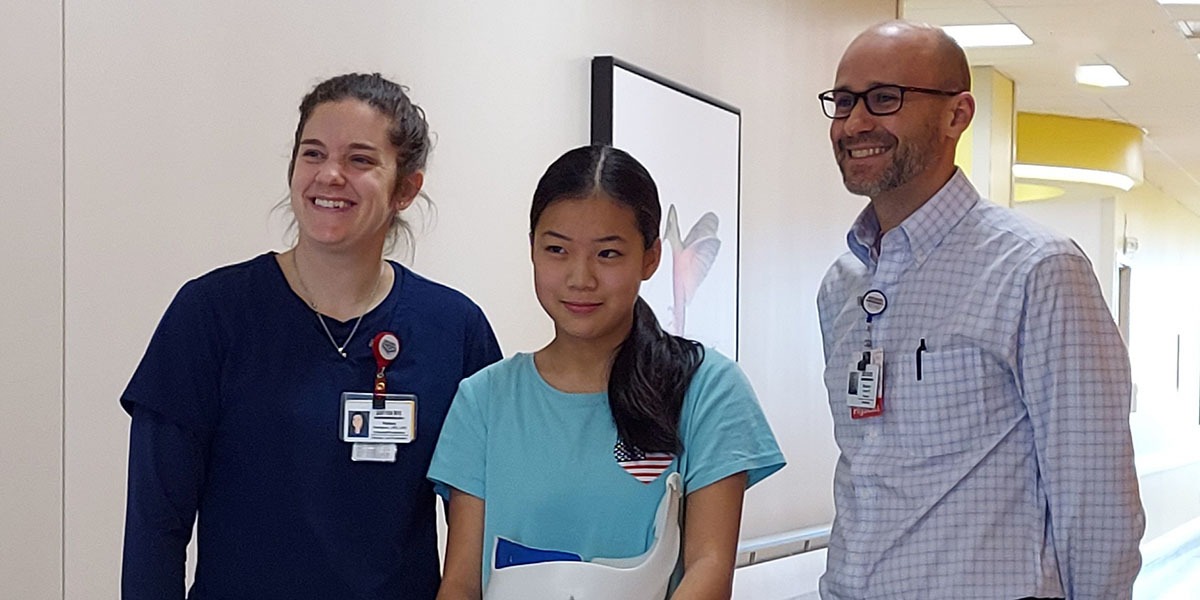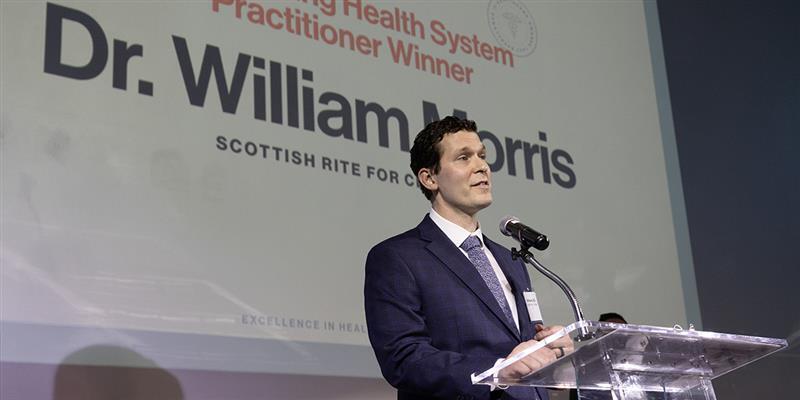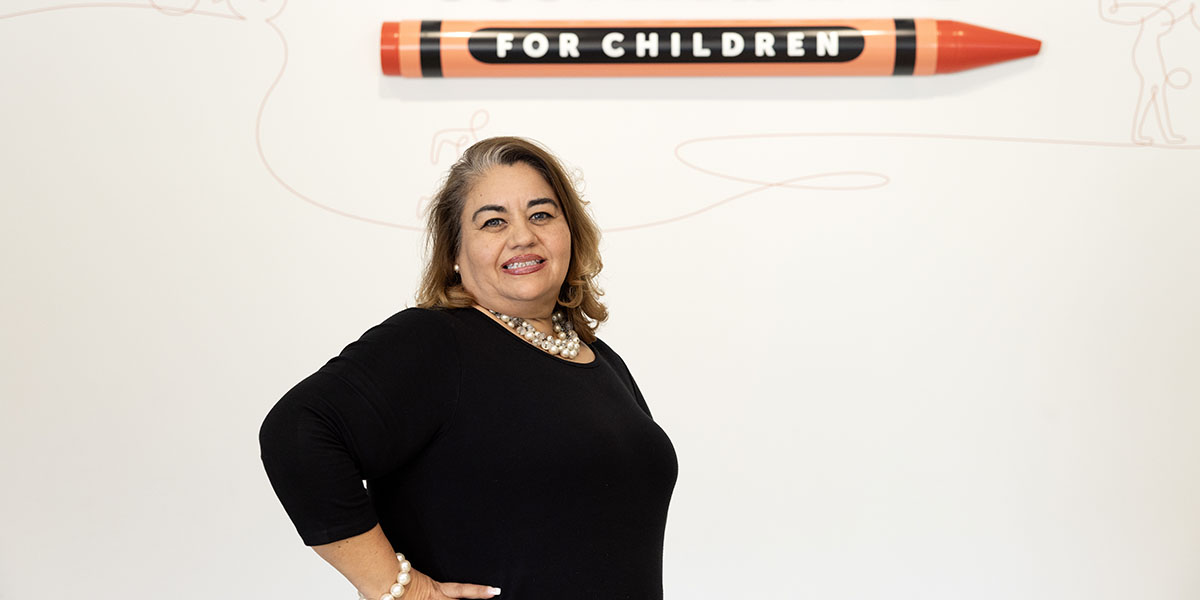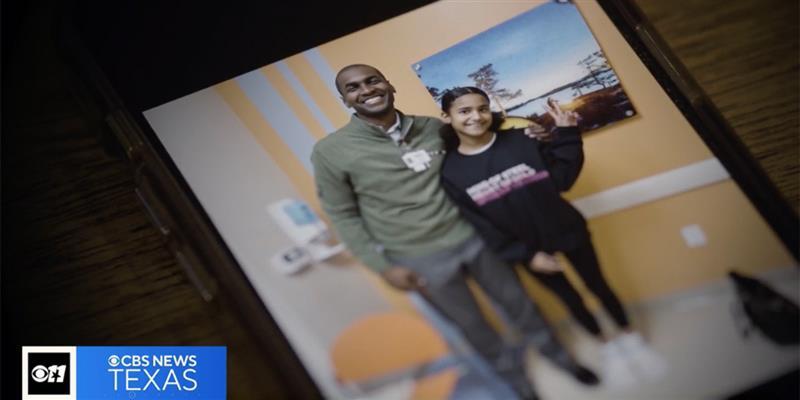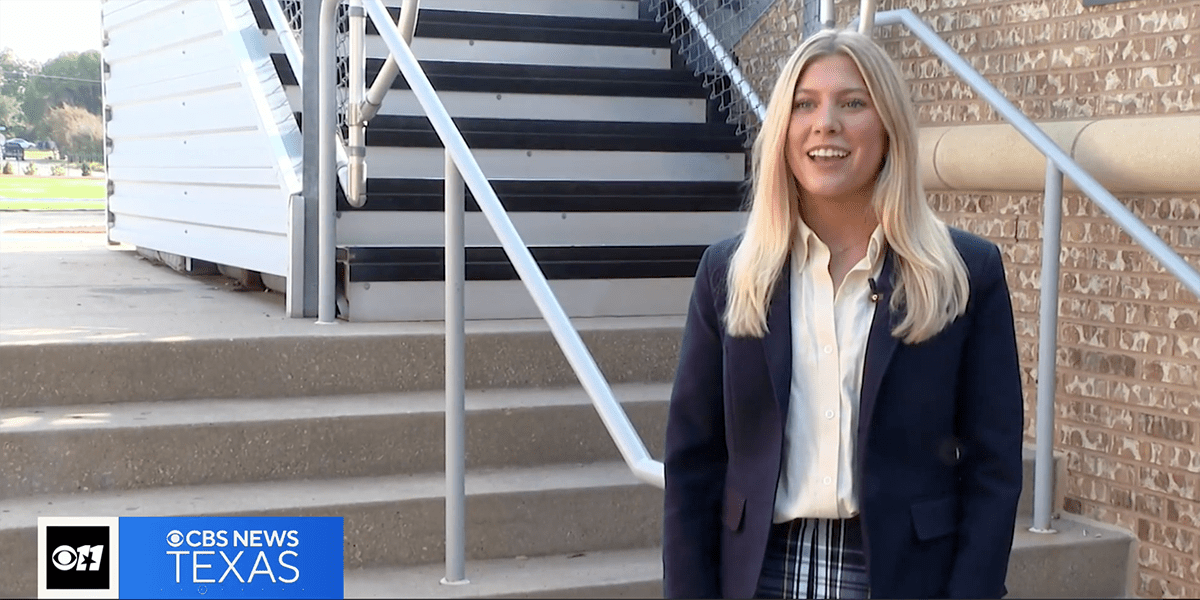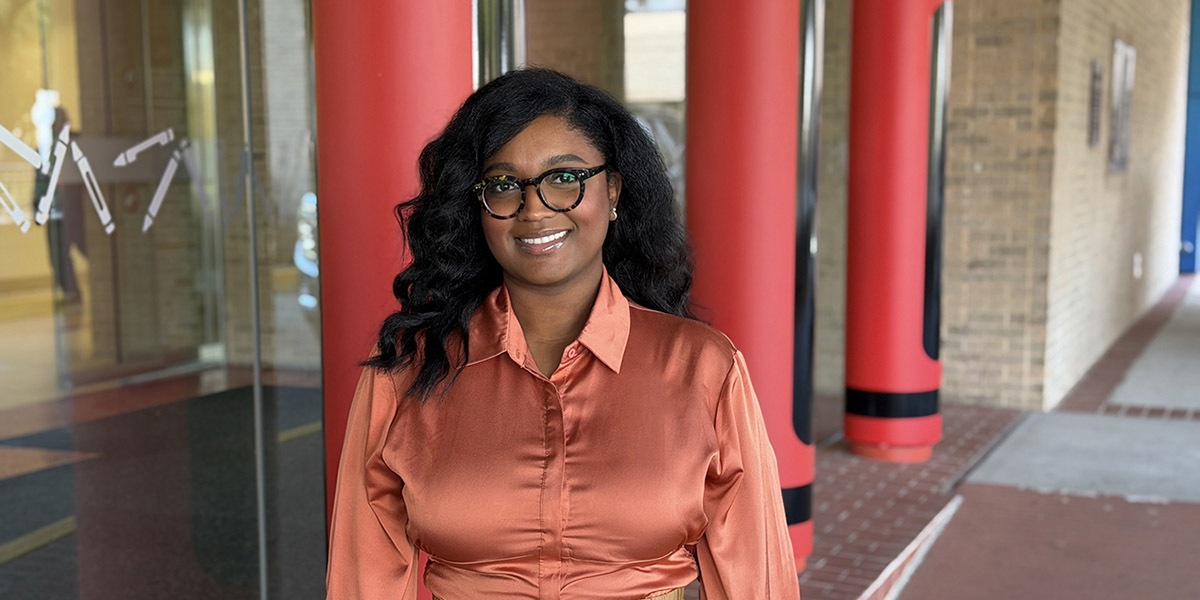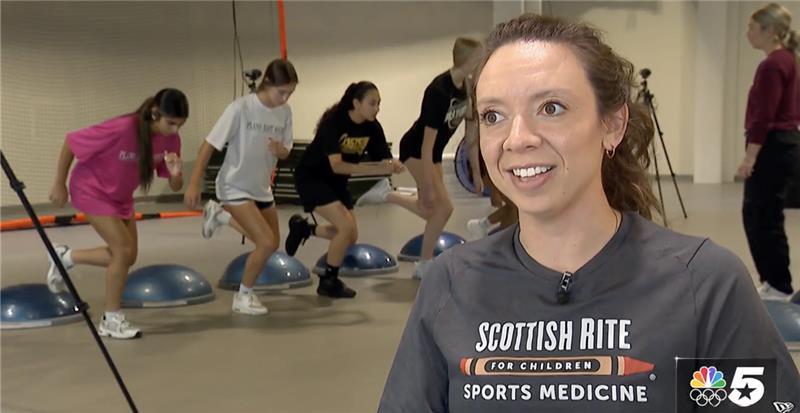Article previously posted on Orthopedics This Week
by Elizabeth Hofheinz, M.P.H., M. ED.
How catastrophic is surgical pain for children? A group of researchers from Scottish Rite for Children, the University of Texas (UT) Southwestern Medical Center, and The Chicago School of Professional Psychology (all in Texas) set out to examine pain catastrophizing in adolescent idiopathic scoliosis (AIS). Their work, “Pain Catastrophizing Influences Preoperative and Postoperative Patient-Reported Outcomes in Adolescent Idiopathic Scoliosis,” appears in the August 18, 2022, edition of The Journal of Bone and Joint Surgery.
“We began this work about seven years ago as we saw more adolescents having difficulty with pain postoperatively,” stated co-author Brandon Ramo, M.D. to OTW. Dr. Ramo, who is with Scottish Rite and UT Southwestern Medical Center, added, “We were able to undertake this work because we are fortunate enough to have a strong child psychology group in our hospital to partner with. The timing seems right in some ways because the pandemic has clearly accelerated the decline in mental health in our teenagers.”
The authors undertook a prospective cohort study of 189 consecutive patients undergoing posterior spinal fusion for AIS, comparing patients having clinically relevant pain catastrophizing with patients who had normal Pain Catastrophizing Scale scores.
They found that 20 patients (10.6%) engaged in pain catastrophizing. And, even though the demographic and radiographic variables were similar, the researchers determined that pain catastrophizing was associated with significantly lower preoperative scores than those in the normal pain catastrophizing group in all of the Scoliosis Research Society Questionnaire Domains: pain (2.98 versus 3.95), appearance (2.98 versus 3.48), activity (3.51 versus 4.06), mental health (3.12 versus 4.01), and total score (3.18 versus 3.84), except satisfaction (3.72 versus 3.69; p > 0.999).
“We showed a fairly high rate of pain catastrophizing in a ‘seemingly otherwise normal, healthy’ population of adolescent patients, 1 in 10, which means if you operate on AIS, you will encounter it at least several times per year,” commented Dr. Ramo to OTW. “These patients will finish with poorer outcomes than their peers, so if you don’t recognize this psychological trait, you can’t intervene beforehand (referral, expectation management) and their outcomes scores will be lower.”
“We showed good correlation with the Scoliosis Research Society Pain domain, which you could use as a proxy to detect this or use an electronic medical record (EMR)-based algorithm to deliver the Pain Catastrophizing Scale to those patients scoring below our threshold on the Scoliosis Research Society pain domain. The EMR computer can work for us to do this and identify at-risk kids with simple questions and a very simple algorithm.”
Time heals?
The good news about the paper, Dr. Ramo told OTW, “Patients with pain catastrophizing, because they start so low on their PRO scores, actually have larger increases in their scores after surgery, so while they never ‘catch up’ to their peers, they actually ‘do well’ with surgery and should still be offered these elective surgical procedures. Don’t be afraid to operate on them.”
“For us, this has changed our practice in that we have implemented an EMR-based process: we are now administering the Scoliosis Research Society questionnaire when we sign the patient up for surgery as a clinical tool, rather than as a research tool in the days before. We had our EMR developers build the Scoliosis Research Society questionnaire into our EMR, and using parameters from our study, if they score below a certain threshold on the Scoliosis Research Society questionnaire, the computer administers the Pain Catastrophizing Scale.”
“If they have a concerning pain catastrophizing score, the surgeon’s team is notified, and a consult can be placed to psychology well in advance of the surgery. This allows the patient to receive psychological support, perhaps improving expectations and maybe (that’s the next study) their outcomes.”


